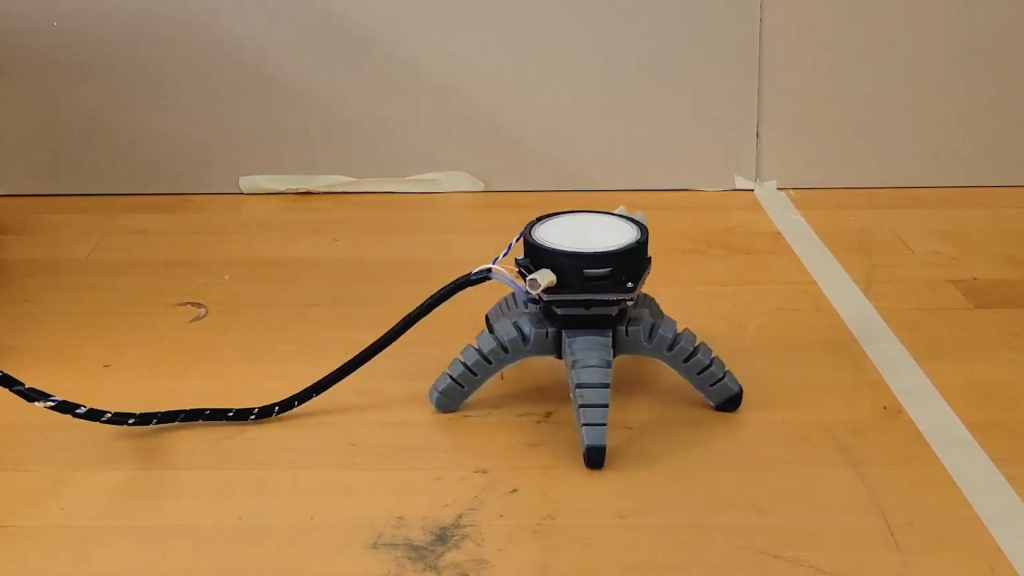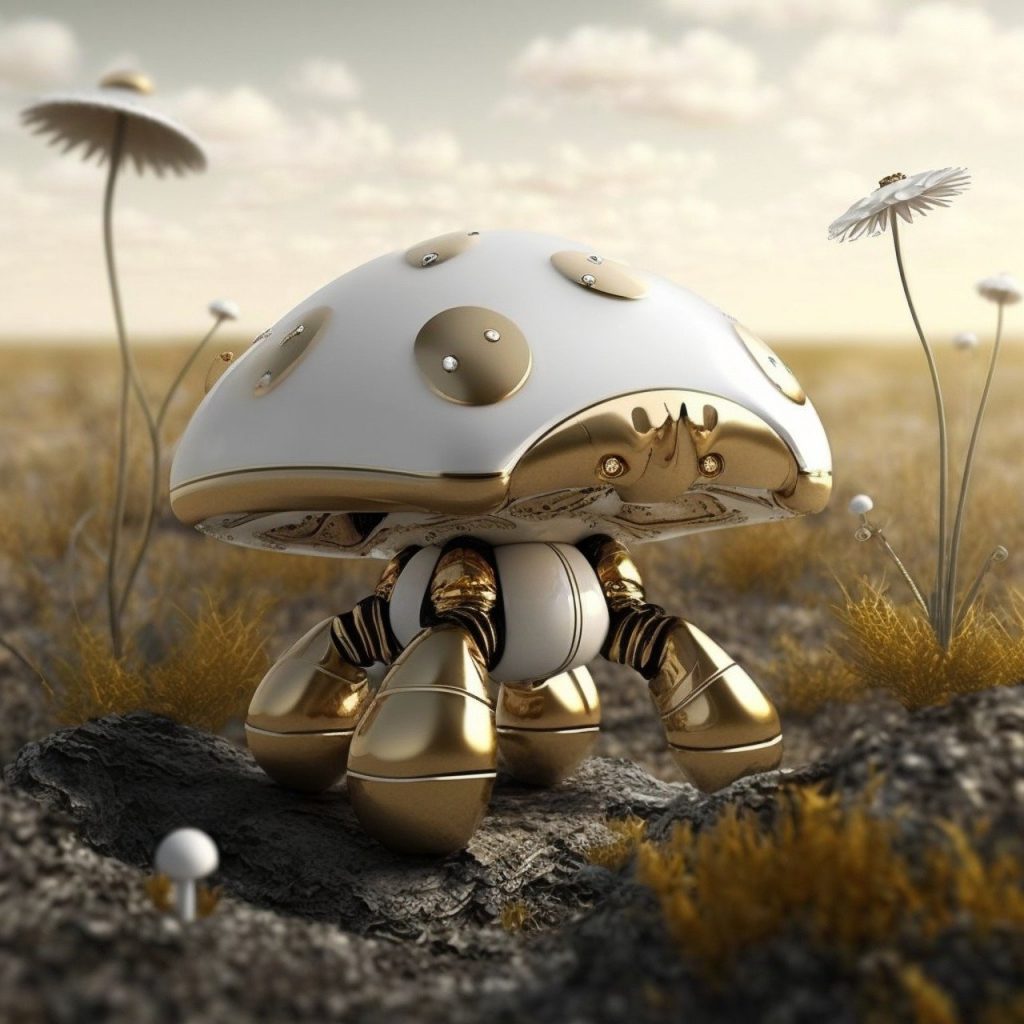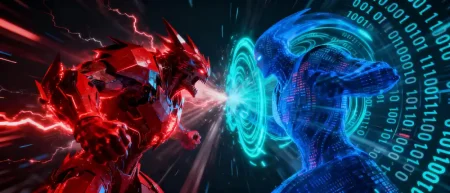If you’ve watched “The Last of Us” on Netflix, this might sound like a nightmare, but apocalypse aside, the implications of being able to successfully merge a mushroom and a robot are fascinating, to say the least.
Out of all the crazy videos you’ve ever seen on YouTube, if a king oyster mushroom built into and controlling what looks like a robotic octopus doesn’t amaze you, you’re probably an alien. Mushrooms and fungi in general have been getting a lot of attention since the infamous JRE podcasts with Paul Stamets, as well as the hit series The Last of Us. If you haven’t watched it, it’s about how a particular type of mushroom turns humans into zombies and effectively causes the apocalypse.
For people who’ve watched it, the last thing you want to see is a team of engineers and scientists giving a mushroom robotic legs to walk around with. That being said, however, apocalypse aside, the implications of being able to successfully merge a mushroom and a robot, are fascinating, to say the least.
Shroom-bot

The team consisted of both engineers and scientists from Cornell University in the US and the University of Florence in Italy. Additionally, while the YouTube short shows one robot that looks like an octopus, the experiment was done with two, the other resembling a tiny rover with wheels. The mycelium of the King Oyster mushrooms were grown into the electronic controls of the robots in order to pick up environmental cues from the mushrooms and translate them into movement for the robot bodies.
About a year ago, we posted a story about how a single celled organism (slime) outsmarted a team of Japanese scientists so we already know that microorganisms can be super intelligent. What isn’t very clear, however, is if the mushrooms are actually controlling the robots.
This new biomechanical hybrid is being referred to as a shroombot or a roboshroom, and what we do know is that the electrophysiological activity in a mushroom can be used as input for an electronically controlled mechanical device. To know whether the mushroom is actually trying to move or just signaling distress in general, is pretty hard at this point in time, considering no one actually speaks mushroom, not even Paul Stamets from the show Fantastic Fungi on Netflix.
We would like to think that if it were us as a mushroom we would be absolutely thrilled to be able to move around either with octopus legs or wheels and there’s no reason to think that this isn’t the case. It’s also incredibly tempting to think the mushroom is having a good time by the fact that the biohybrid is crawling across the floor in the video.
Biohybrid farm workers

Even with all the advancement in AI today, there is a huge gap between human intelligence and AI, especially when we talk about power consumption and efficiency. We’ve covered this in a number of previous topics including this one on Hala Point, and this one on a computer made from human brain cells. Keeping that in mind, mushroom intelligence, according to the team who have conducted this experiment, can be overridden in order to get it to do what you want (which is more than we can say about AI at the moment). Fungi are also incredibly easy to grow and develop and extremely hardy, surviving in environments where not many living things can. According to the team, this gives future engineers access to a vast variety of living components for any kind of future robotic needs.
Another interesting point to note is that fungi are considered better than humans in some fields. For example, they’re better than us at sensing chemical and biological signals. Remember, mushrooms grow in the earth and accumulate a vast amount of information about their surroundings, this information is then used to navigate through their life cycles. Though we usually can’t see them, fungi exist as vast networks of mycelium that spread through the earth looking for resources. According to a post on Sciencealert, this ability to detect complex shifts in environmental cues could be harnessed to deliver nutrition or pesticides precisely to soil. It would be like having your own fine tuned soil testing robots that know exactly what needs to be added, when and where, in order to correct any kind of soil deficiency in row crops.
Fungi of the future
While the experiment above was carried out on one type of mushroom, what’s mind blowing is that as of now, more than 90% of fungi are still unknown to science, as in undiscovered. With mushrooms being used in biohybrid robots successfully, this opens up a world of possibilities and hopefully a lot more interest in the world of fungi.
As far as robot legged mushrooms trying to take over the world, that’s still science fiction according to this story on Vice which claims we “probably” won’t be attacked by a gang of portobellos any time soon.
In case you missed:
- CES 2025: NVIDIA’s Cosmos Just Gave Robots a ‘ChatGPT Moment’!
- So AI can get bored, “suffer,” and even commit suicide?
- Slaughterbots: Robot Warriors in the Indian Armed Forces!
- From Sci-Fi to Fake News: The Chinese Pregnancy Robot Claim!
- NVIDIA’s Isaac GR00T N1: From Lab Prototype to Real-World Robot Brain
- Scientists establish two-way Lucid Dream communication!
- Lab-Grown Brain Thinks It’s a Butterfly: Proof We’re in a Simulation?
- Humans Just Achieved Teleportation? Clickbait vs. Facts
- Schrödinger’s Cat Just Made Quantum Computers 160x More Reliable!
- Netflix replaces its game developers with AI










